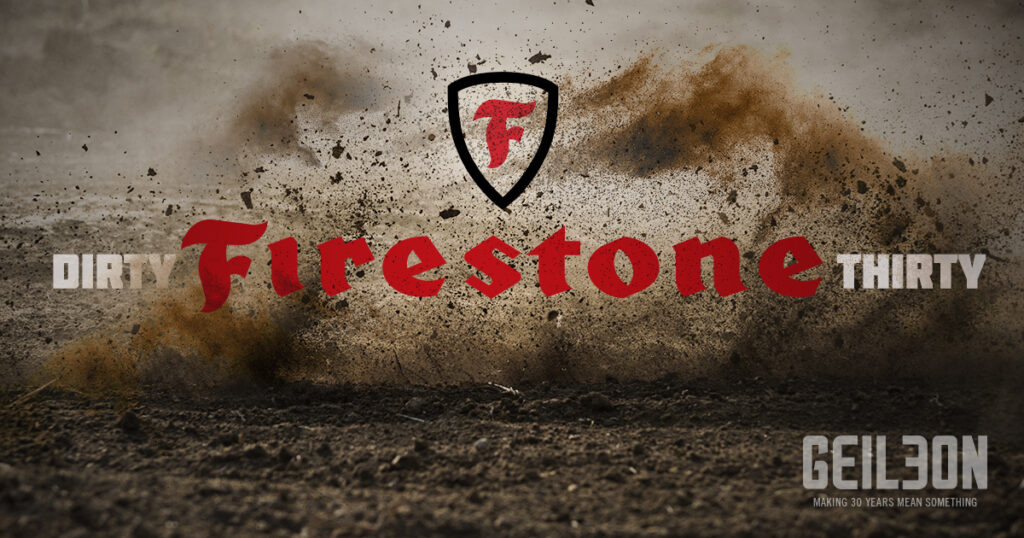It’s a simple fact right now: whether it’s business or play, we’re going to be doing it online. So where on social media is your audience social distancing? Other than online video conferencing services, of course, because that’s a no-brainer to businesses at this point.
But when it comes to reaching your target audience, consistent and transparent communication is an essential tool for brands to survive the crisis and thrive when it is over.
A recent study from Marketing Charts discovered where to find some difficult-to-reach audiences. Here are the key takeaways:
Snapchat for the Affluent Crowd?
It seems that Snapchat has not-so-slowly moved on from being solely an app for teens to send photos with funny filters and slice-of-life videos. If that wasn’t apparent already, this viral video of a priest conducting an online mass with Snapchat filters proved it to the world.
When Marketing Charts performed their study, they discovered that LinkedIn was the most-used social network for households earning over $100k. If that shocked you, then welcome to the digital age!
However, what really is surprising is that the second-most-used network for those affluent households is Snapchat. Turns out, Snapchat’s easy-to-use messaging and visually oriented updates resonate with anyone. Good design is good design no matter who you are, and so it’s spread shouldn’t be surprising. Although, to be honest…we were surprised.
While we don’t think Snapchat is the be-all, end-all solution for every brand out there, this does illustrate a good point. Keep an open mind when it comes to your content marketing strategy. It may take you to unexpected places and lead to pleasant surprises.
Radio Has Reach
Another interesting finding? Radio has always provided reach, but internet radio can reach further than traditional broadcasts. And it also is reaching the ears of a traditionally very-difficult-to-reach demographic: the Hispanic population.
The Marketing Charts study determined that Hispanic people are 21% more likely to listen to internet radio in a given month than the rest of people online.
Considering that Hispanic people are under-indexed in any other media channel, this is quite interesting. Especially since we are all spending extra time tuning in to our preferred entertainment channels these days.
Newspapers and Magazines Still Matter to the Middle Aged
While many people may be following their social media feeds for updates, middle aged people are still spending a lot of time reading the websites of their favorite print publications. In fact, the 35-44 age bracket is 30% more likely than any online adults in other age brackets to visit a website for a newspaper or magazine in a given month. This is up from 18% in 2018.
(And I guess my digital subscription to the St. Louis Post-Dispatch really dates me, huh?)
Additionally, the 45-54-year-old age bracket is 18% more likely than other demographics to visit newspaper and magazine websites, as well.
Your messaging really matters in times like these. Now more than ever we need to Make It Mean Something. But what you say only matters if you manage to get it in front of the people who need to hear it. Get in touch and we can help you find the best way to deploy your messaging.
